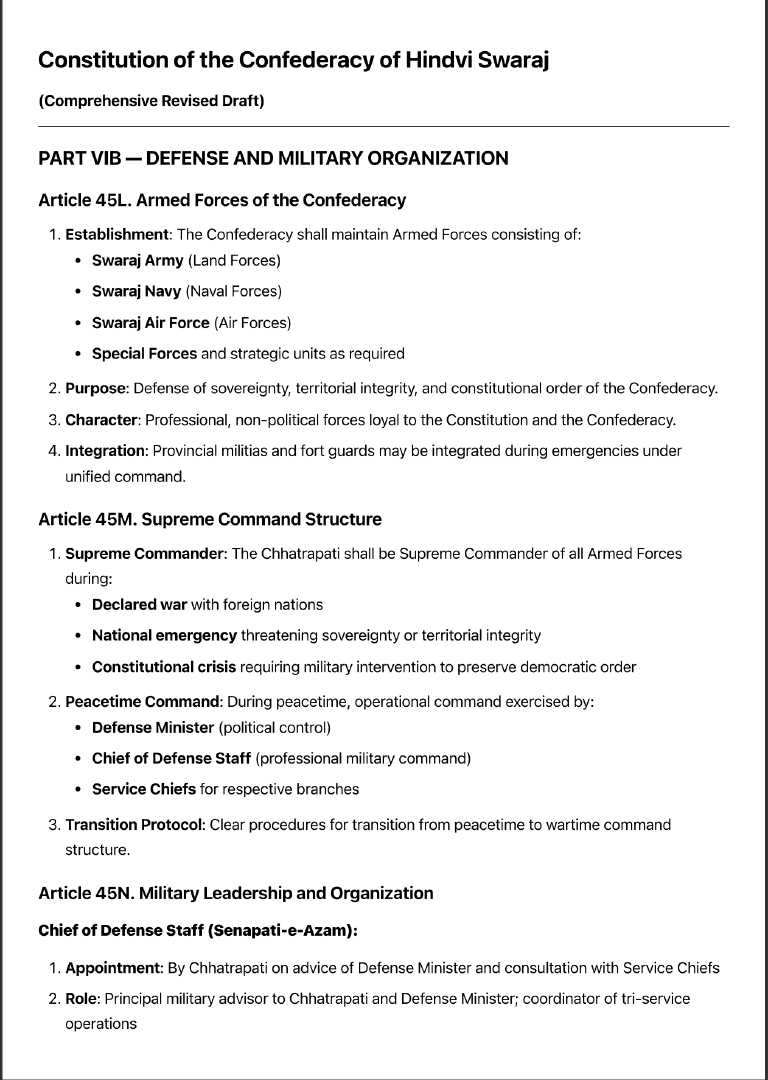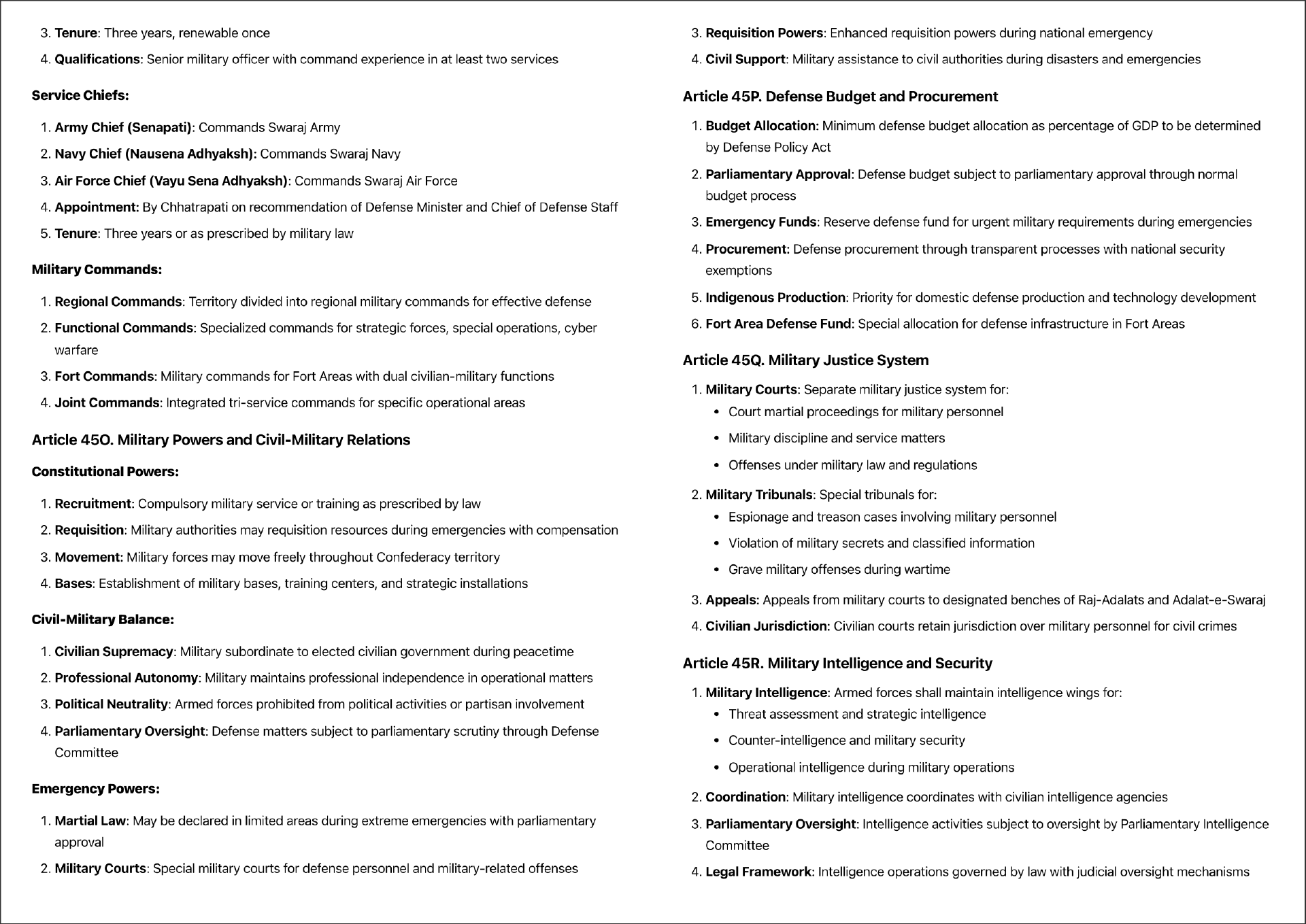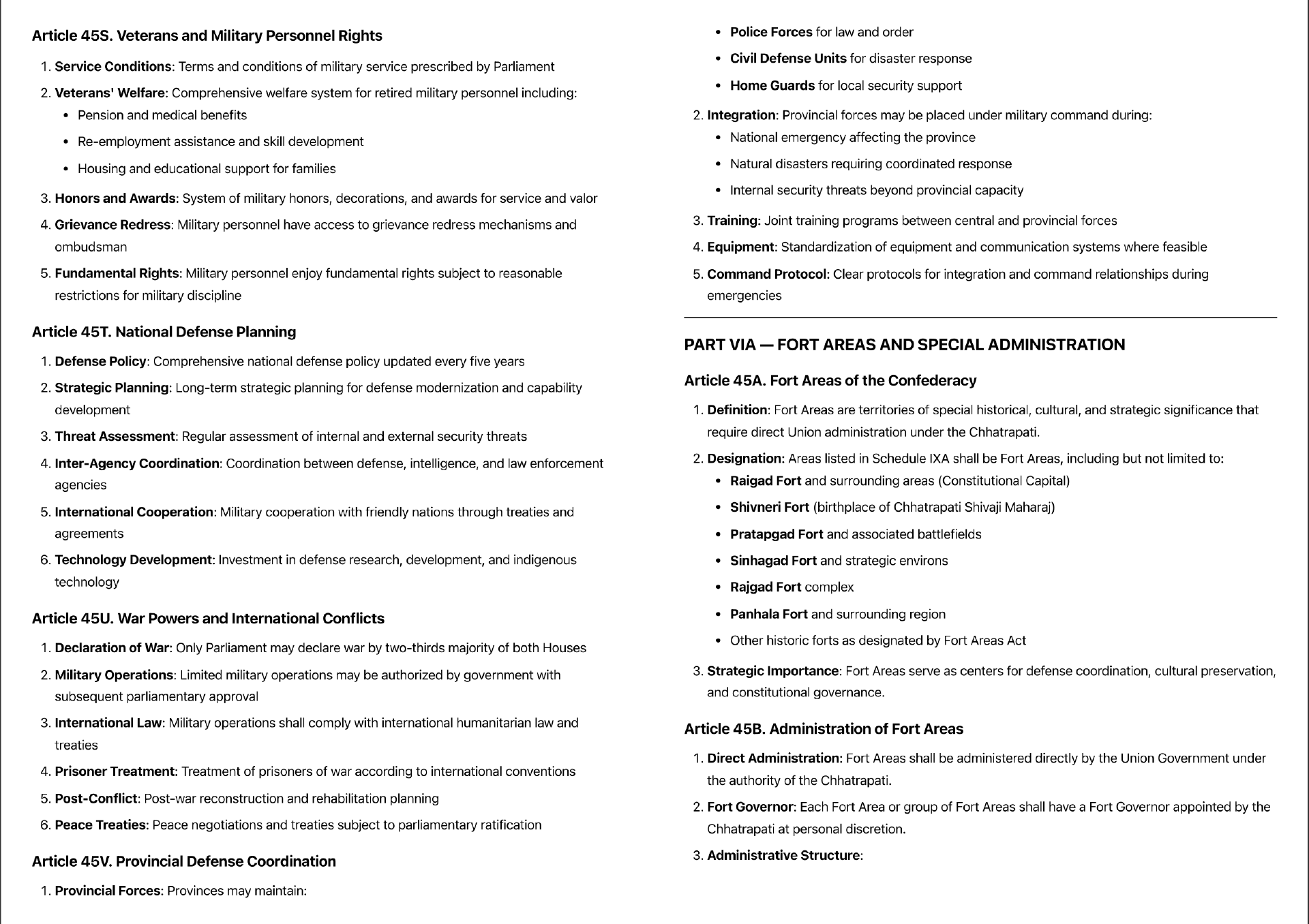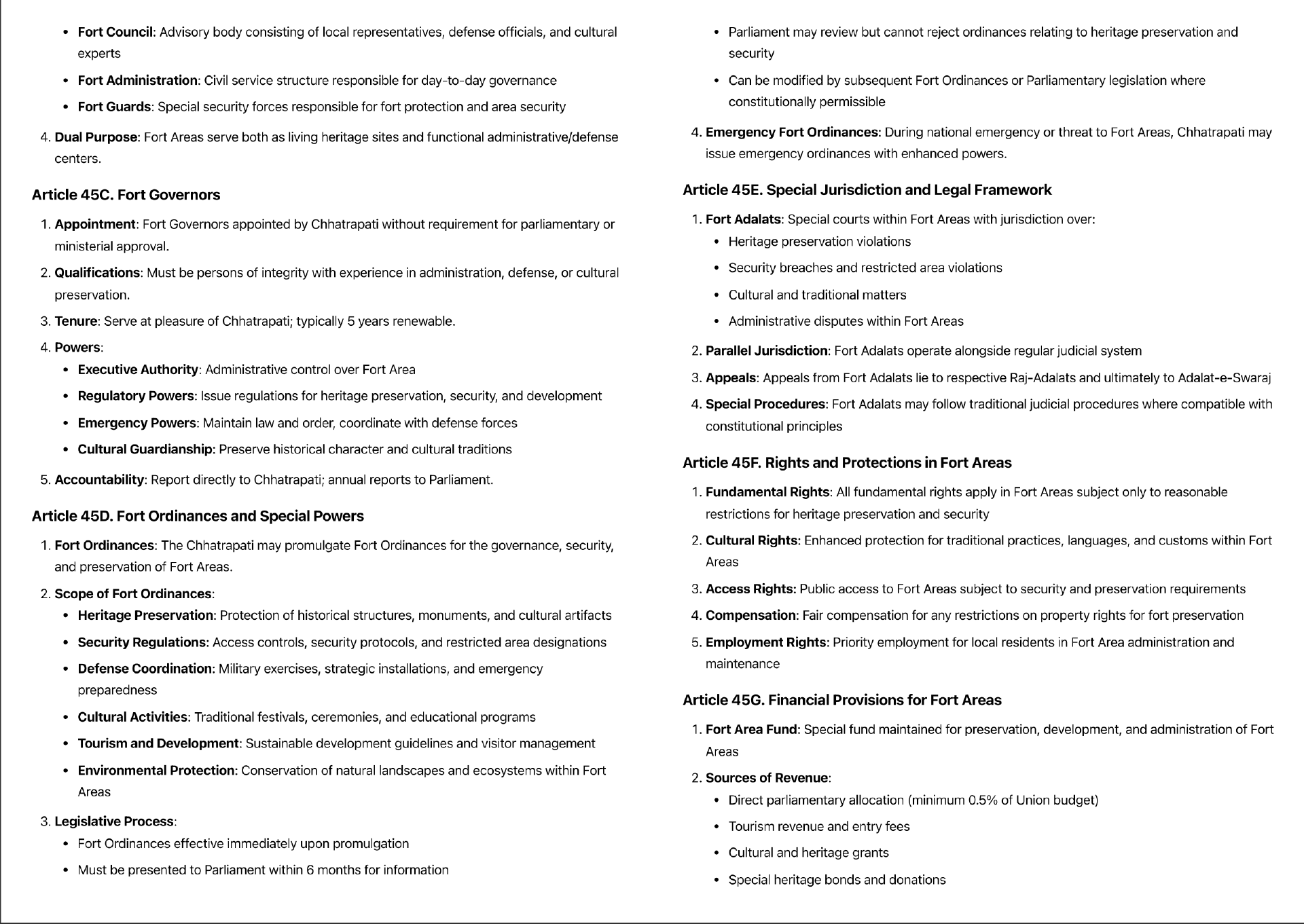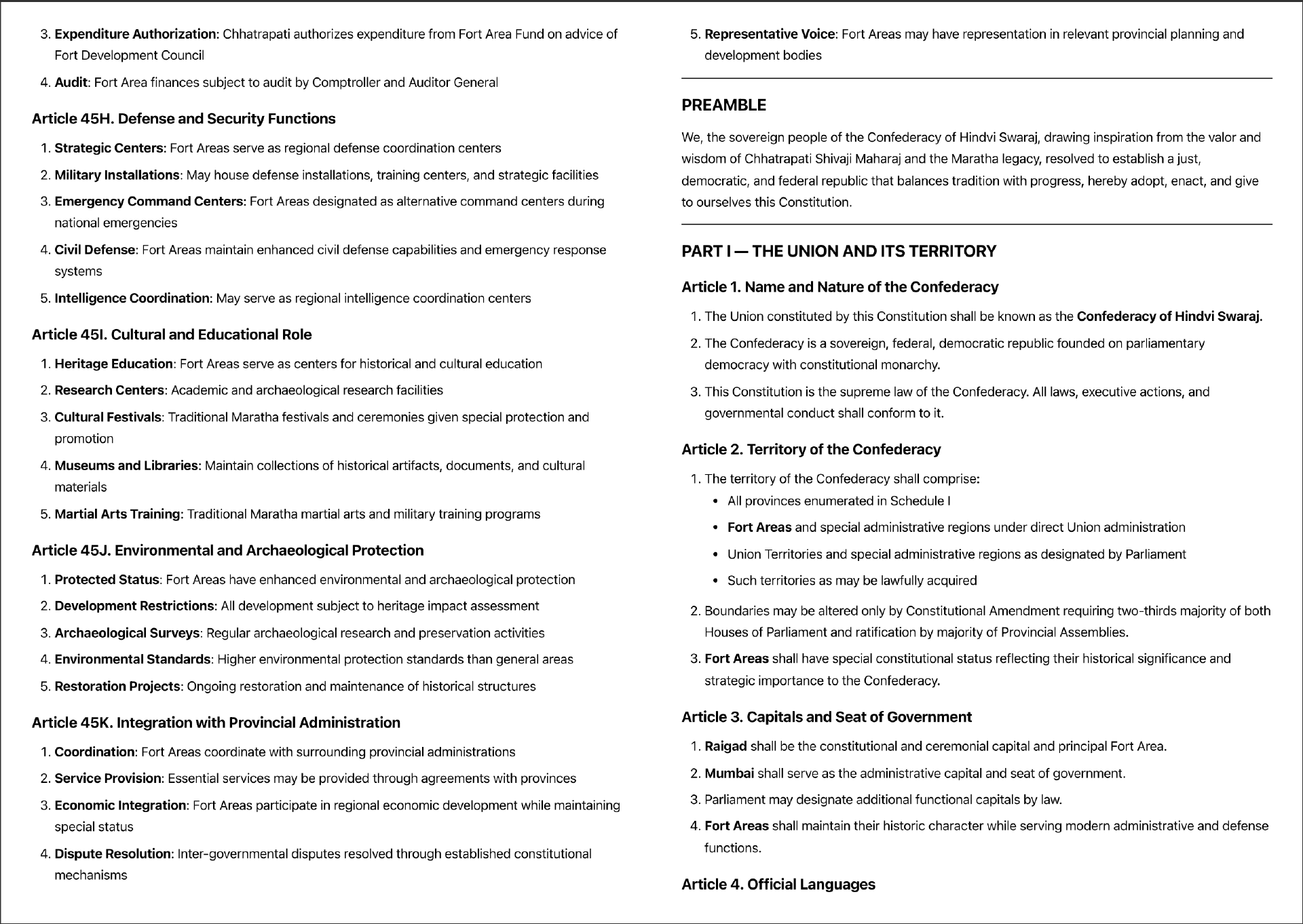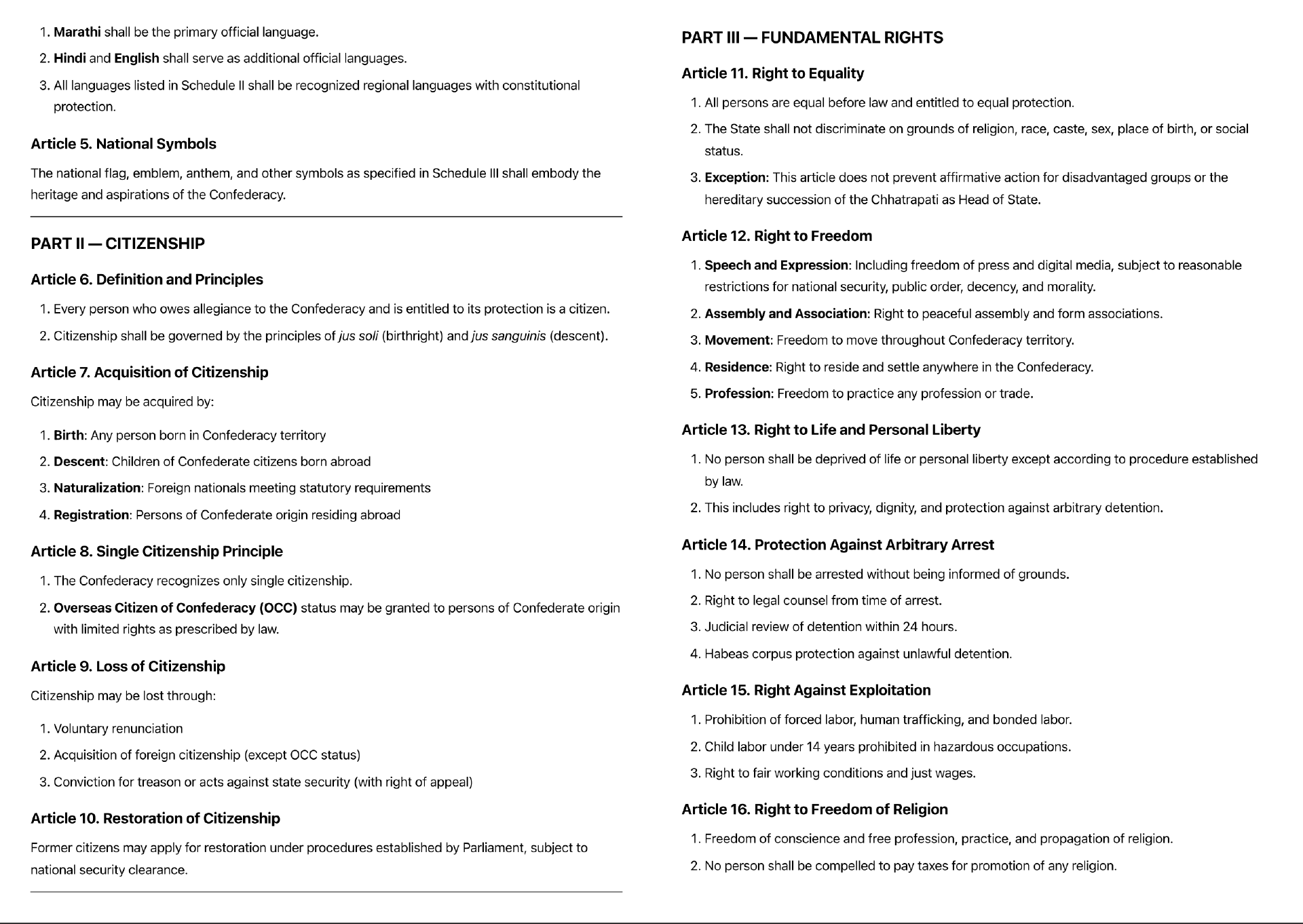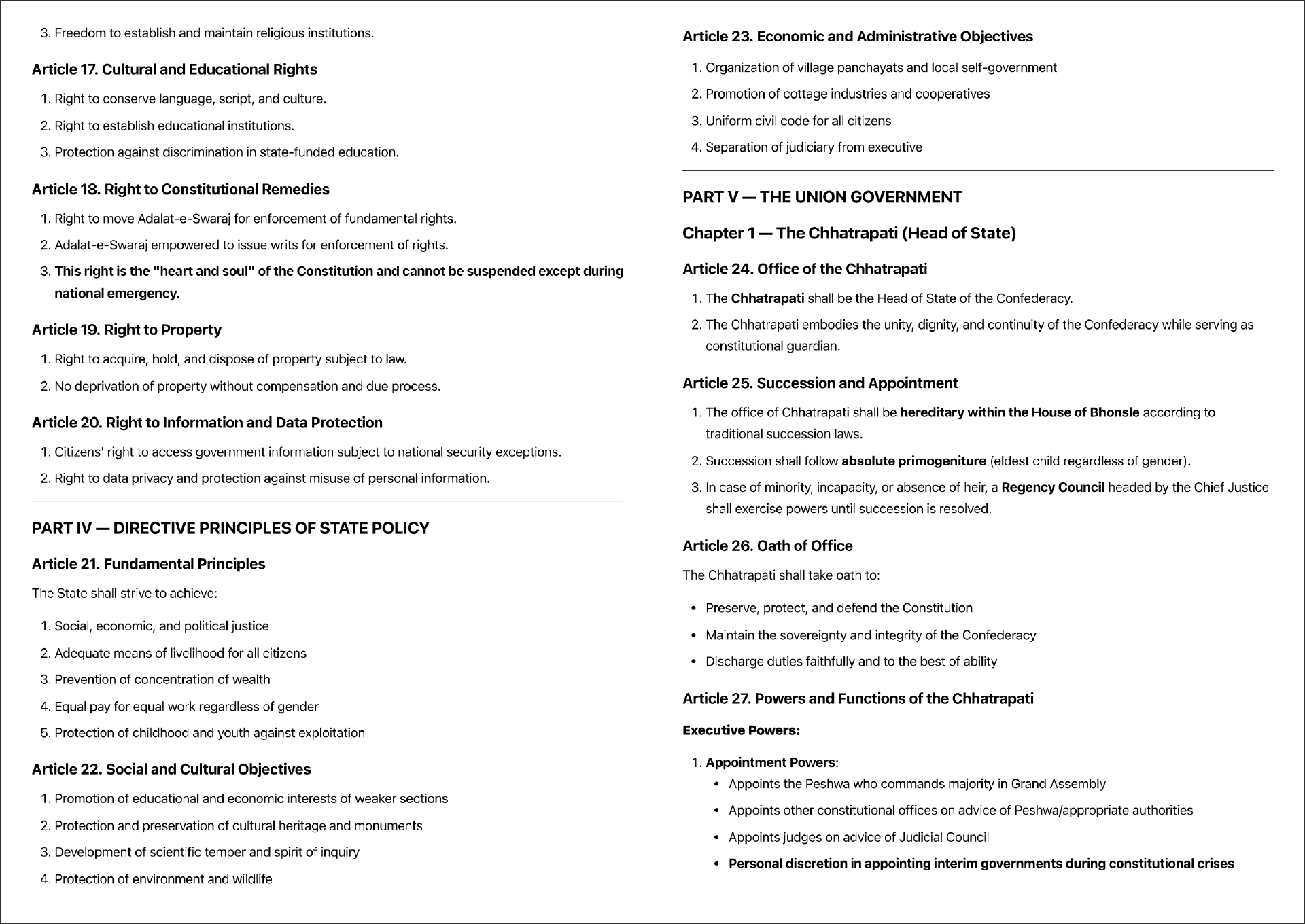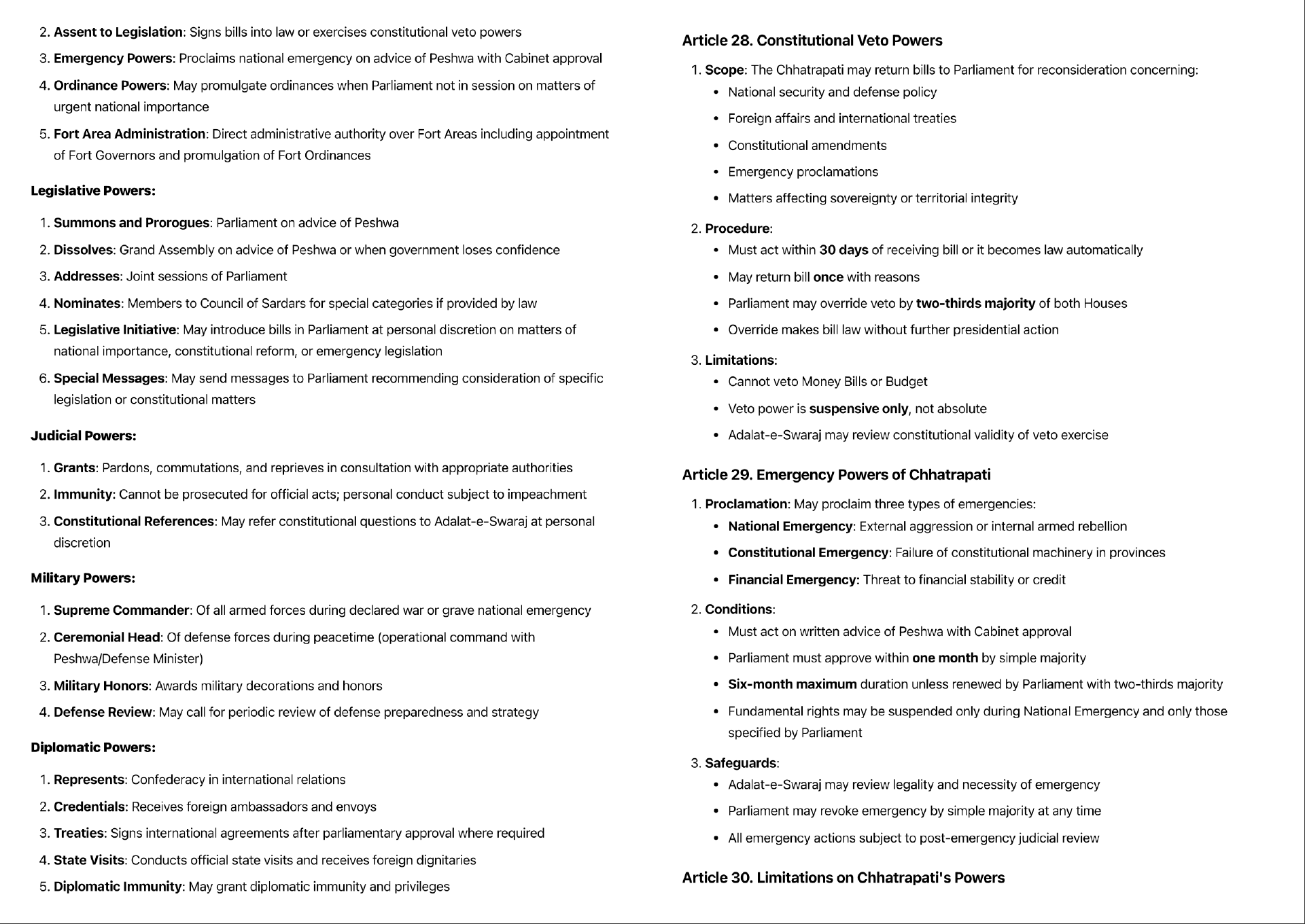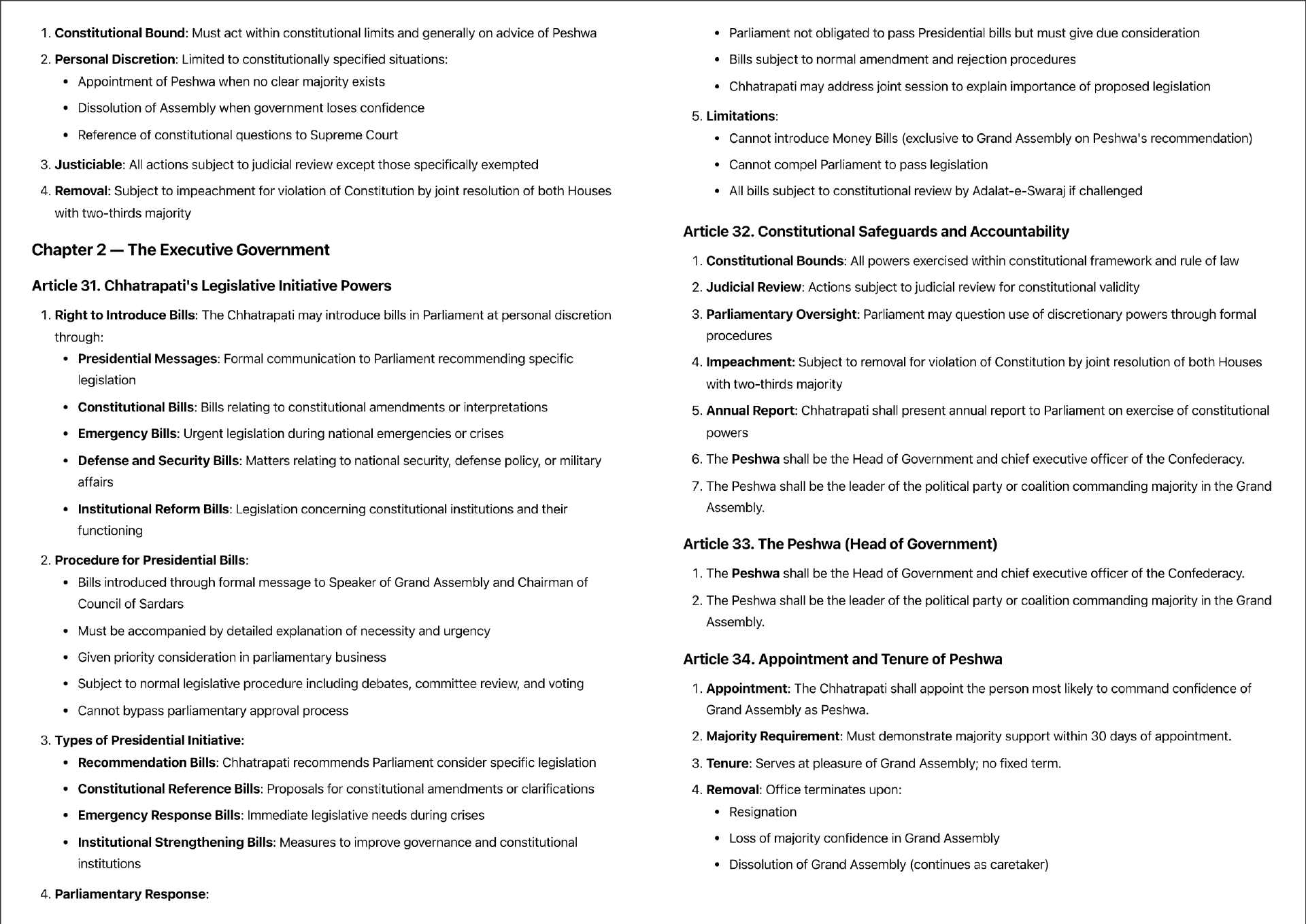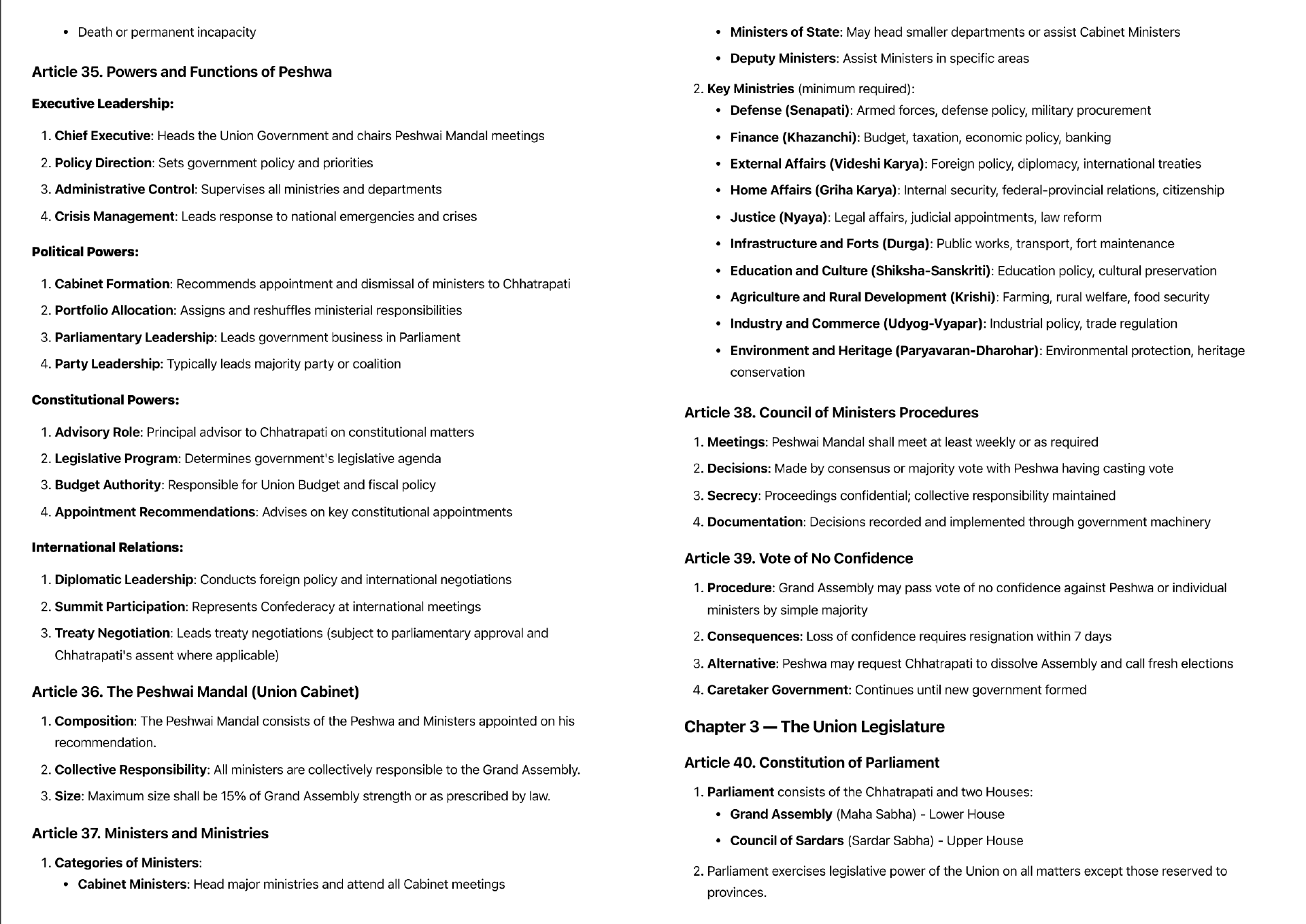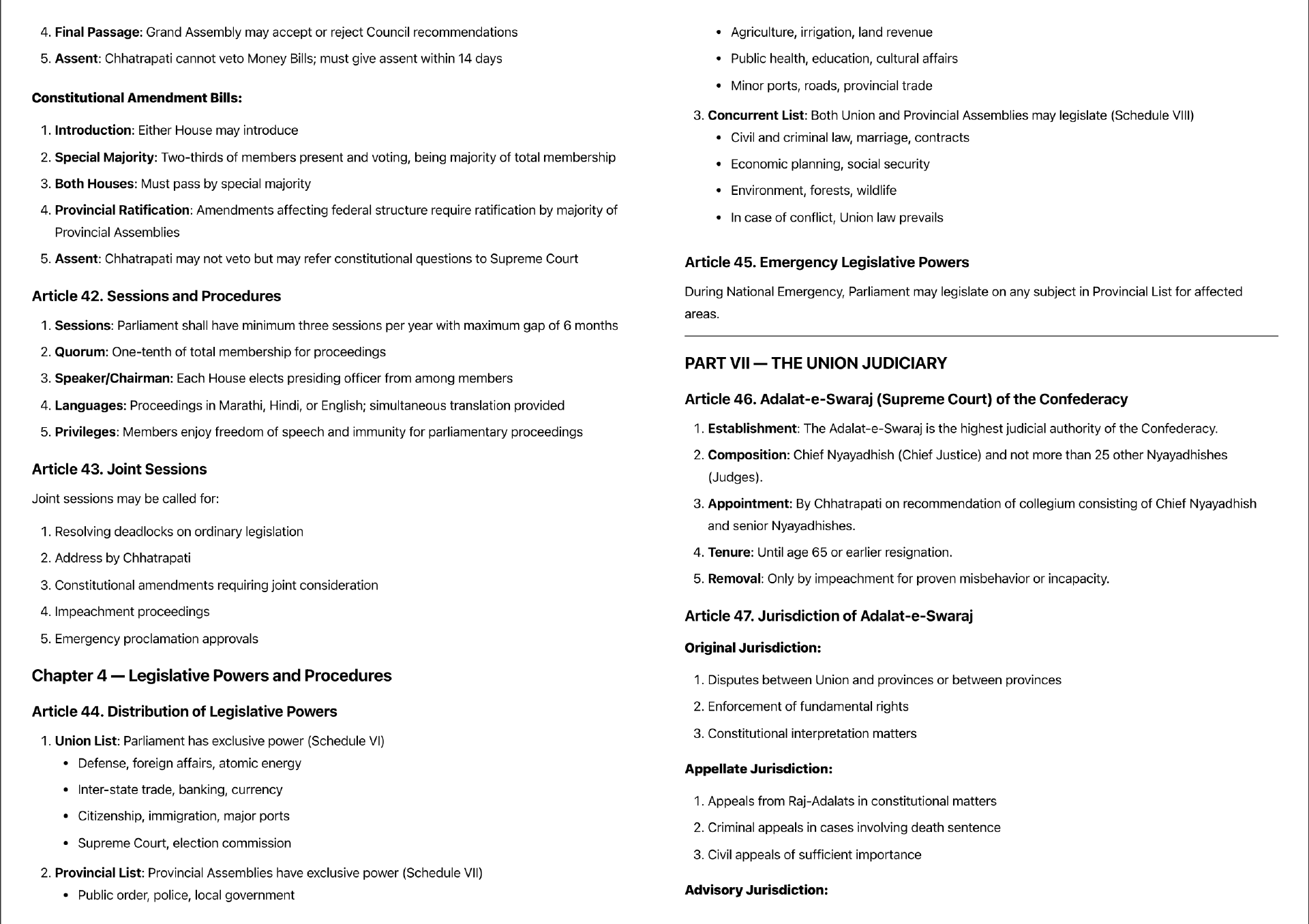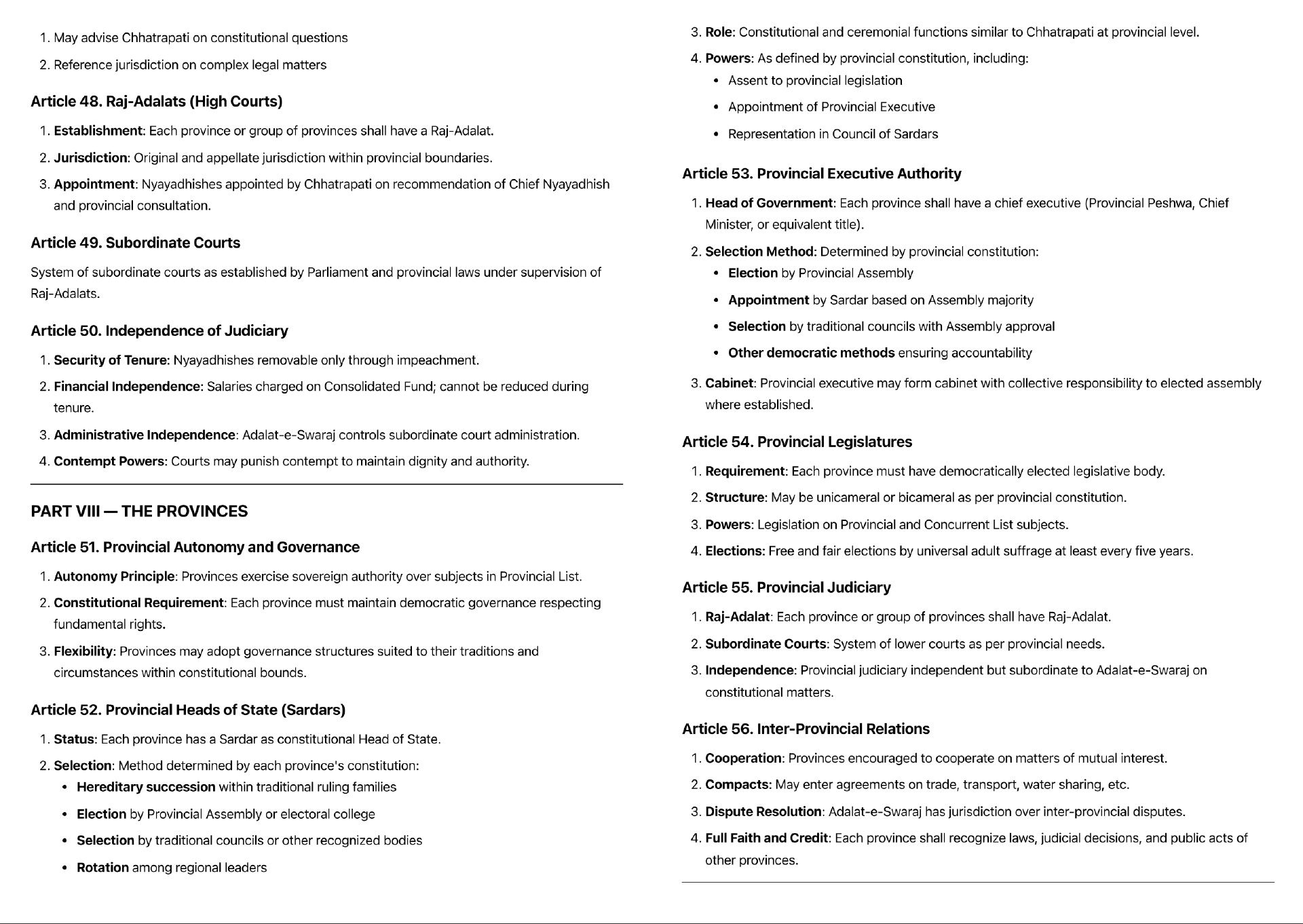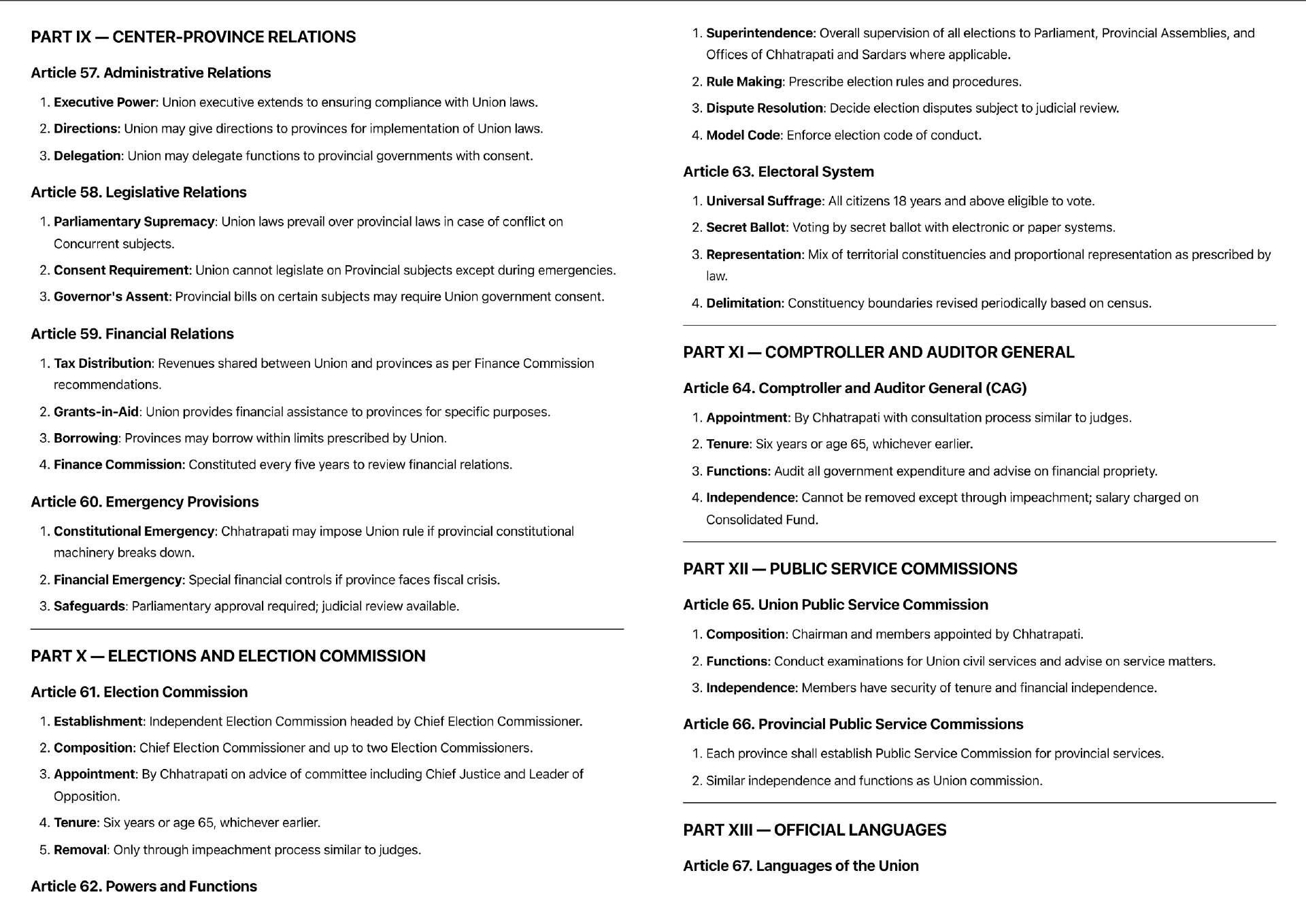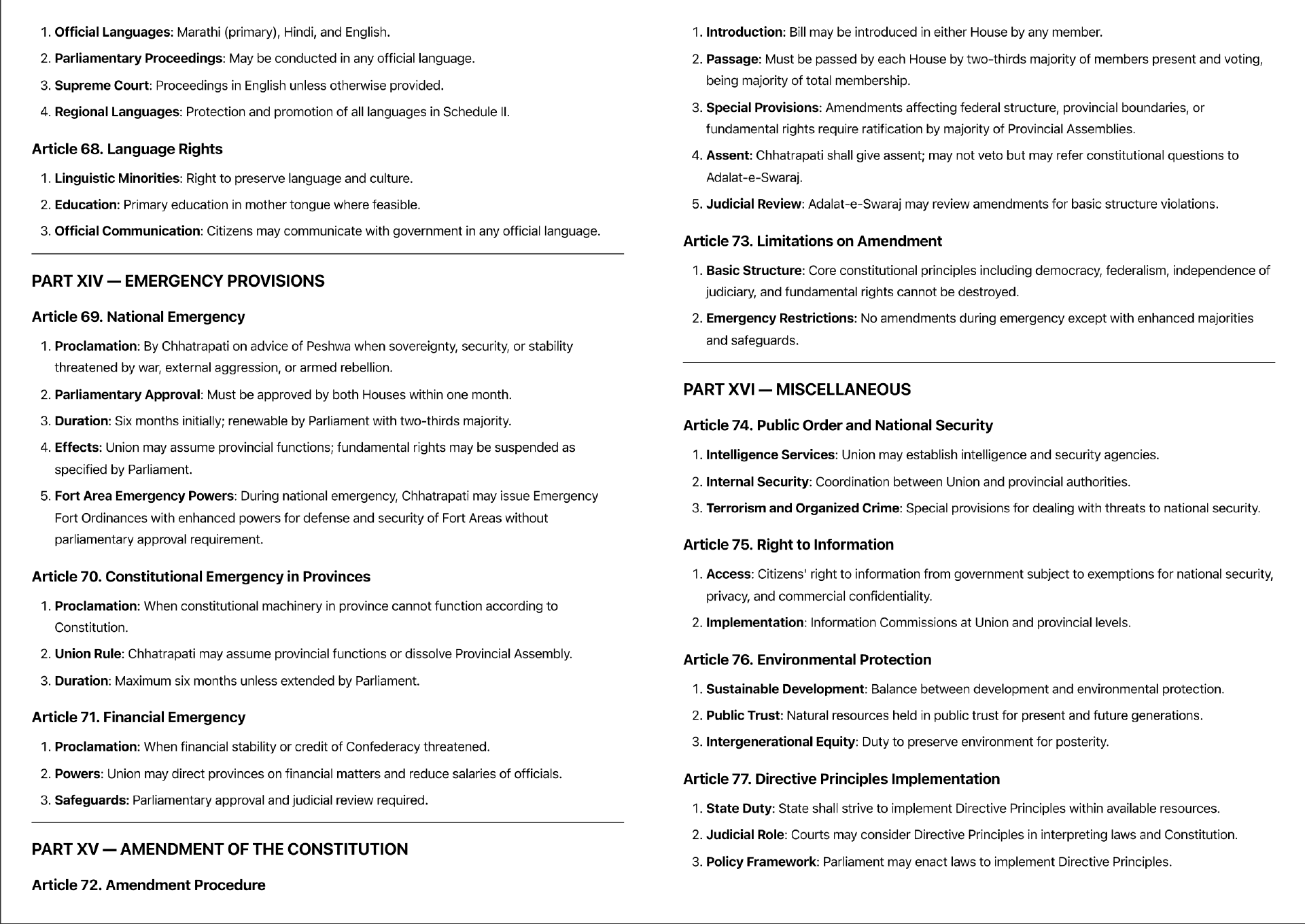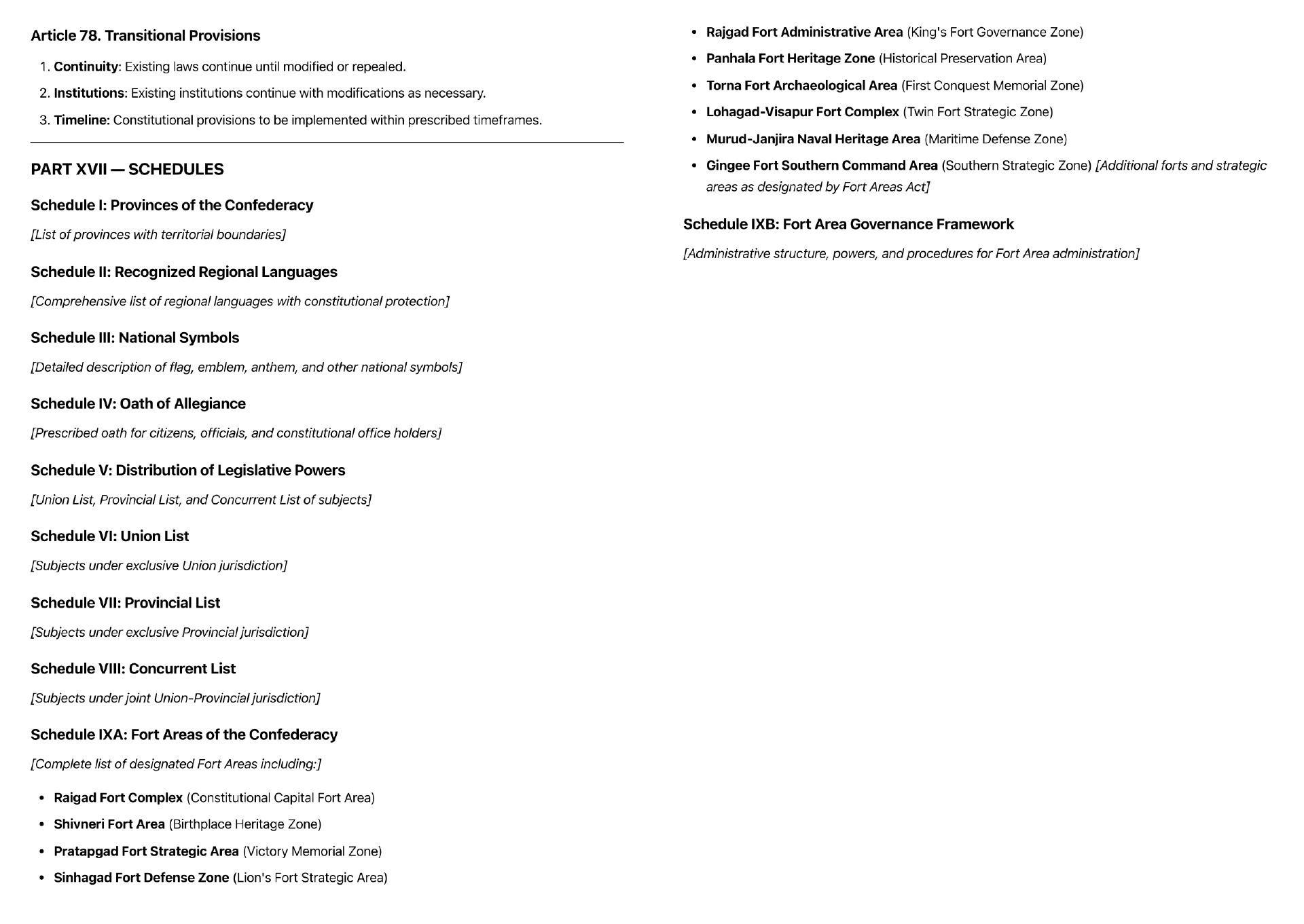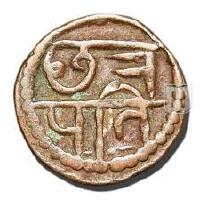Confederacy of Hindvi Swaraj — Land of the Mountain Lion
In the heart of the Indian subcontinent, where the Western Ghats rise like a stone spine against the coastal winds, lies the Confederacy of Hindvi Swaraj — a proud union of warrior clans, merchant ports, and fertile plains united under the banner of Chhatrapati Shivaji Rao Bhonsle.
Founded on the ideals of Swaraj — self-rule, justice, and protection of the common people — the Confederacy stretches from the Konkan coast’s roaring Arabian waters to the Deccan plateau’s sweeping plains, with fortresses perched like eagles upon hilltops.
Boundaries & Territory
Historically inspired by the Maratha sphere at its height, the Confederacy’s dominion spans:
West – The fortified coastline from Goa in the south to the ports of Surat in the north, with naval power dominating Konkan waters.
South – The passes of Karnataka, reaching up to the frontiers near Mysore.
East – The river basins around Nagpur and the Berar plains, gateway to the Gond territories.
North – The approaches to Malwa, threatening the Mughal heartlands but always balancing diplomacy with force.
Political Structure
A confederacy in name, the realm is bound together by a network of Maratha sardars (chieftains), each ruling their jagirs (fiefs) but owing loyalty and troops to the Chhatrapati. Decision-making blends the council at Raigad with the independence of the provinces, ensuring flexibility in both war and trade.
Military Might
The Maratha light cavalry sweeps across the Deccan like desert wind, unmatched in speed and maneuver, while ghurab and galbat warships dominate the coastal routes, choking enemy supply lines. Stone bastions like Raigad, Pratapgad, and Sinhagad form an iron network of defense.
Economy & Culture
The Confederacy thrives on a mix of agriculture, inland trade, and maritime commerce, taxing the Mughal caravans and safeguarding merchant fleets. Marathi culture flourishes alongside Persianate diplomacy, and the arts celebrate not courtly opulence but heroic deeds, saints, and the spirit of the land.
Above all, the Confederacy is not just a political entity — it is a living oath that no foreign power shall dictate the destiny of Hindvi soil.
Interim Enforced Constitution (Constituent Assembly under deliberation) -:
